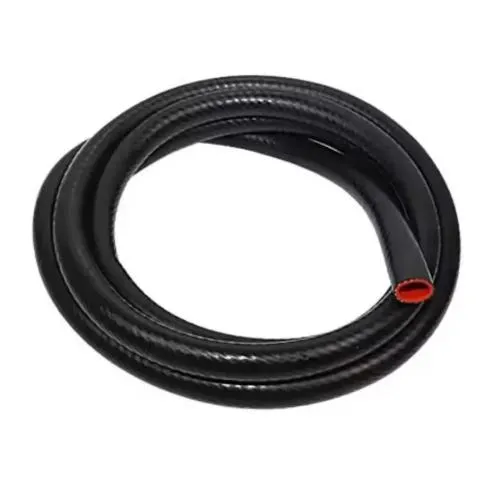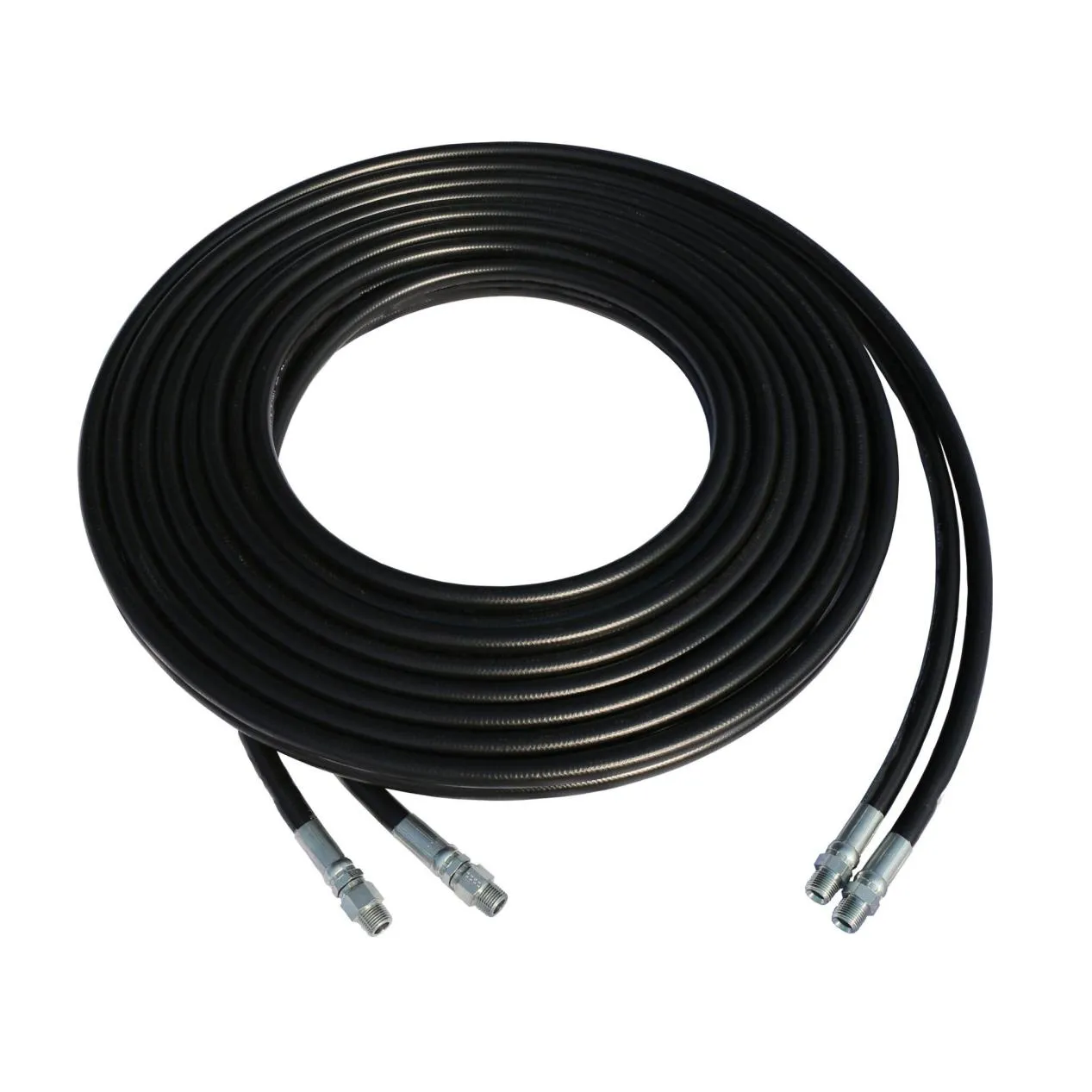
- Afrikaans
- Albanian
- Amharic
- Arabic
- Armenian
- Azerbaijani
- Basque
- Belarusian
- Bengali
- Bosnian
- Bulgarian
- Catalan
- Cebuano
- Corsican
- Croatian
- Czech
- Danish
- Dutch
- English
- Esperanto
- Estonian
- Finnish
- French
- Frisian
- Galician
- Georgian
- German
- Greek
- Gujarati
- haitian_creole
- hausa
- hawaiian
- Hebrew
- Hindi
- Miao
- Hungarian
- Icelandic
- igbo
- Indonesian
- irish
- Italian
- Japanese
- Javanese
- Kannada
- kazakh
- Khmer
- Rwandese
- Korean
- Kurdish
- Kyrgyz
- Lao
- Latin
- Latvian
- Lithuanian
- Luxembourgish
- Macedonian
- Malgashi
- Malay
- Malayalam
- Maltese
- Maori
- Marathi
- Mongolian
- Myanmar
- Nepali
- Norwegian
- Norwegian
- Occitan
- Pashto
- Persian
- Polish
- Portuguese
- Punjabi
- Romanian
- Russian
- Samoan
- scottish-gaelic
- Serbian
- Sesotho
- Shona
- Sindhi
- Sinhala
- Slovak
- Slovenian
- Somali
- Spanish
- Sundanese
- Swahili
- Swedish
- Tagalog
- Tajik
- Tamil
- Tatar
- Telugu
- Thai
- Turkish
- Turkmen
- Ukrainian
- Urdu
- Uighur
- Uzbek
- Vietnamese
- Welsh
- Bantu
- Yiddish
- Yoruba
- Zulu

Jan . 15, 2025 01:55 Back to list
coolant hose


Choosing the right coolant hose is an exercise in balancing vehicle specifications and operating conditions. Original Equipment Manufacturer (OEM) hoses provide a reliable fit and performance standard. However, aftermarket options offer variety in design and material, which can be advantageous for customized or high-performance engines. Consulting with a certified mechanic or automotive engineer ensures that the most suitable hose is selected for your vehicle's specific requirements. Installation of a new coolant hose necessitates precision and care. It's advisable to release any system pressure and allow the engine to cool before beginning. The removal of clamps and the hose itself should be performed with tools like pliers or hose pliers to avoid damage to connecting surfaces. During installation, ensuring a secure fit at both the engine and radiator connections is vital to prevent leaks. Using appropriate clamps, preferably those supplied with the hose or recommended by the manufacturer, helps maintain secure attachments. In conclusion, the coolant hose, though a seemingly humble component, holds immense sway over a vehicle's health and efficiency. Through appropriate selection, regular maintenance, and timely replacement, it reliably supports the cooling system's functions. Vehicle owners and automotive enthusiasts alike are encouraged to prioritize the inspection and care of coolant hoses to uphold the performance and longevity of their engines. By entrusting this task to experienced professionals or by equipping oneself with the correct knowledge, the risk of engine overheating can be significantly minimized, ensuring a smoother, more reliable driving experience.
Latest News
Steel Wire Reinforced Hydraulic Hose SAE 100 R1 / EN853 1SN S
NewsOct.17,2024
Two Layers Steel Wire Reinforced Hydraulic Hose SAE 100 R2 / EN853 2SN
NewsSep.03,2024
Textile Braid Reinforced Hydraulic Hose SAE100 R3+R6
NewsSep.03,2024
Textile Reinforced Hydraulic oil Suction Hose with embedded Steel Wire SAE 100 R4
NewsSep.03,2024
Single Wire Braid and Textile Covered Hydraulic Hose SAE 100 R5
NewsSep.03,2024
High Pressure Thermoplastic Hydraulic Hose SAE 100 R7 / EN855 R7 - SAE 100 R8 / EN855 R8
NewsSep.03,2024
Heavy Duty Four-layer Steel Wire Spiral Reinforced Hydraulic Hose SAE100R9+R10+R12
NewsSep.03,2024
Heavy Duty Multi-layer Steel Wire Reinforced Hydraulic Hose SAE100R13 SAE100R15
NewsSep.03,2024
Latest Products










